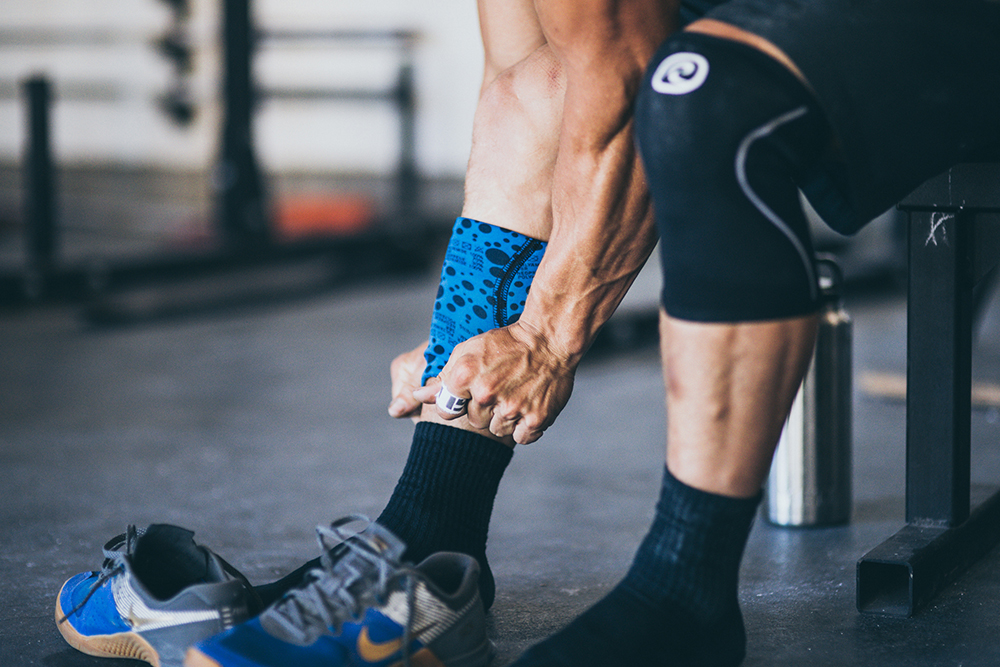If you’re experiencing knee pain or are on the path to recovery from a minor injury, a knee compression sleeve can be a handy companion during physical activity. Unlike knee braces, which can limit knee motion to varying degrees, knee sleeves are crafted from stretchy fabric that provides joint support without hampering movement.
We’ve gathered a selection of top-notch knee sleeves, taking into account different activities, price ranges, and support levels. Dive in to discover our recommendations and gain insights on selecting the ideal knee sleeve for your needs.
Our Criteria for Selecting the Best Knee Sleeves
Functionality: When it comes to supportive workout gear, style shouldn’t overshadow substance. Our chosen knee sleeves excel in providing the necessary support, flexibility, and durability. Sustainability: While a short-term investment may suffice on occasion, it’s reassuring to know your workout gear can endure multiple sessions. Our picks are built to withstand various exercise regimes and are easily washable for long-term hygiene. Affordability: Budget considerations are paramount when planning your activity support gear. Having options available across different price points ensures quality remains accessible. Understanding How Knee Sleeves Operate
The primary function of a knee compression sleeve, or simply knee sleeve, is its ability to stretch over the knee, offering support and safeguarding the joint.
Unlike knee braces that restrict movement, knee sleeves permit motion while aligning the knee joint and shielding it from harm by applying compression to the surrounding muscles and tissues. This compression enhances blood circulation, potentially reducing pain and swelling, such as knee effusions or fluid accumulation in the bursa of the knee joint.
Knee sleeves are commonly used during physical activity, providing extra support when the knee joint faces strain. This is especially beneficial for activities that place significant stress on the knees, like weightlifting, running, or jumping.
Choosing the Right Knee Sleeve
Selecting a properly fitting knee sleeve is crucial. Dr. Greg Minnis, a physical therapist at Excel Physical Therapy in New Jersey, advises against choosing a sleeve that’s uncomfortably tight. “Conversely, you don’t want it so loose that it shifts around during movement,” he adds.
Minnis suggests purchasing two sizes when buying online and keeping the one that feels more comfortable during activity.
When to Wear a Knee Compression Sleeve
According to a 2017 study, a compression knee sleeve can swiftly alleviate pain and enhance knee stability and confidence during activity. If you’re experiencing discomfort while performing knee-intensive exercises, wearing a knee sleeve might prove beneficial.
Minnis stresses that knee sleeves offer minor support and are suitable for alleviating mild to moderate pain and enhancing stability during activity. Individuals with more severe injuries or recovering from major knee surgery may require the stability offered by a rigid, hinged knee brace rather than a sleeve.
Alternatives such as taping, knee straps, patella braces, pain relief patches, ace wraps, or elastic tubular bandages are also worth considering. For side sleepers, a small knee support pillow can aid in hip and spinal alignment. Engaging in low-impact exercises can also strengthen knee-supporting muscles.
If knee pain persists, applying ice intermittently for 15 minutes, elevating the leg when possible, or consulting a healthcare professional for further guidance is recommended, especially if pain interferes with daily activities or is accompanied by redness, swelling, or warmth.
In Conclusion
For minor knee issues aiming to alleviate pain and improve mobility, a knee sleeve is a viable solution. The outlined guide assists in identifying the appropriate level of support tailored to your specific knee concern and activity level.
However, if a knee sleeve fails to yield desired results or persistent pain persists, consulting with a doctor or specialist is advisable. They can conduct a thorough evaluation and propose tailored solutions, whether it’s a quality knee brace, alternative treatment plans, or therapies.
- 6 Best Knee Sleeves in 2024 - April 26, 2024
- CBD Gummies BY My True Spectrum-Comprehensive Review Unveiling the Top CBD Gummies - March 4, 2024
- The Comprehensive Guide to the Benefits of Reishi Functional Mushrooms - October 19, 2023


